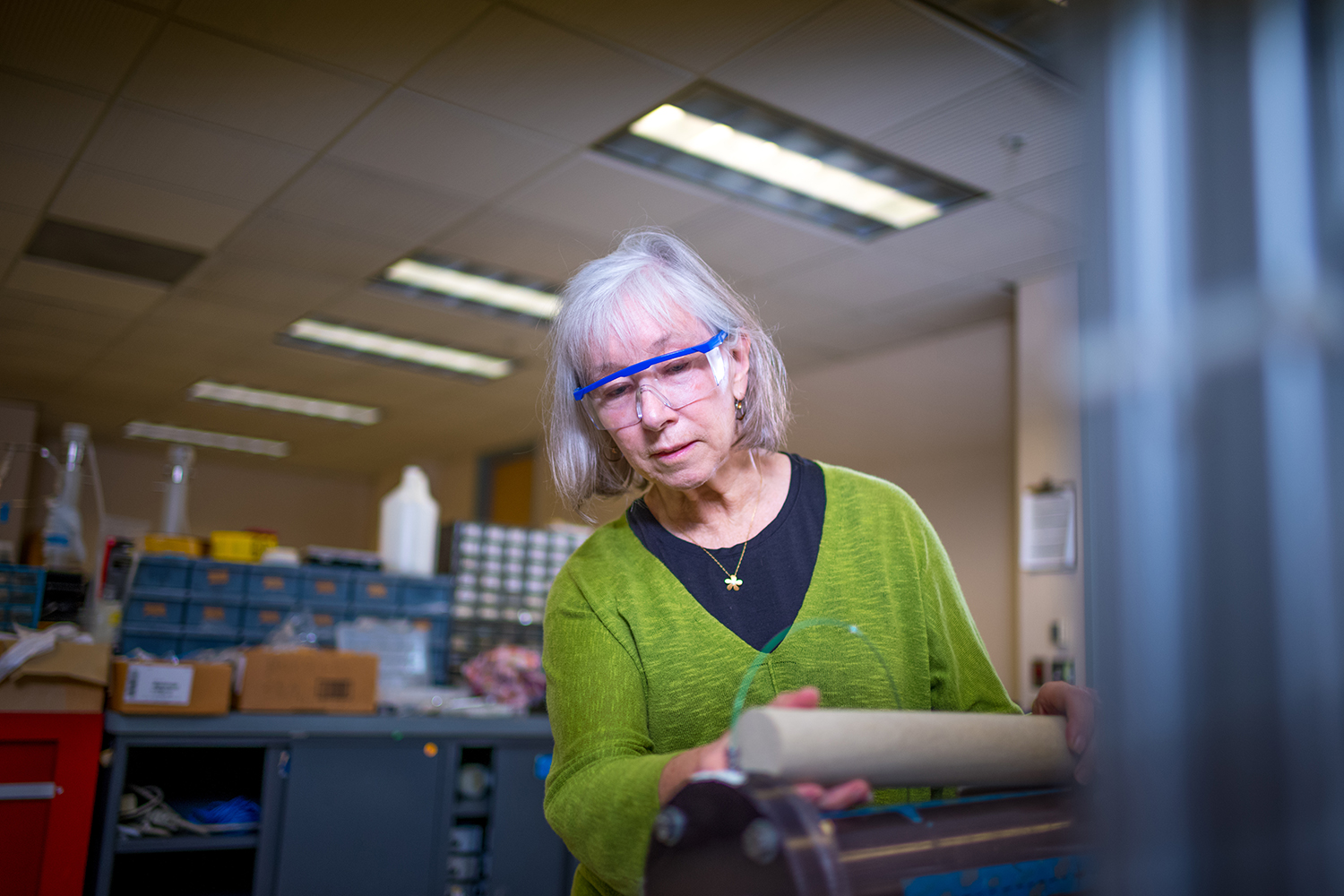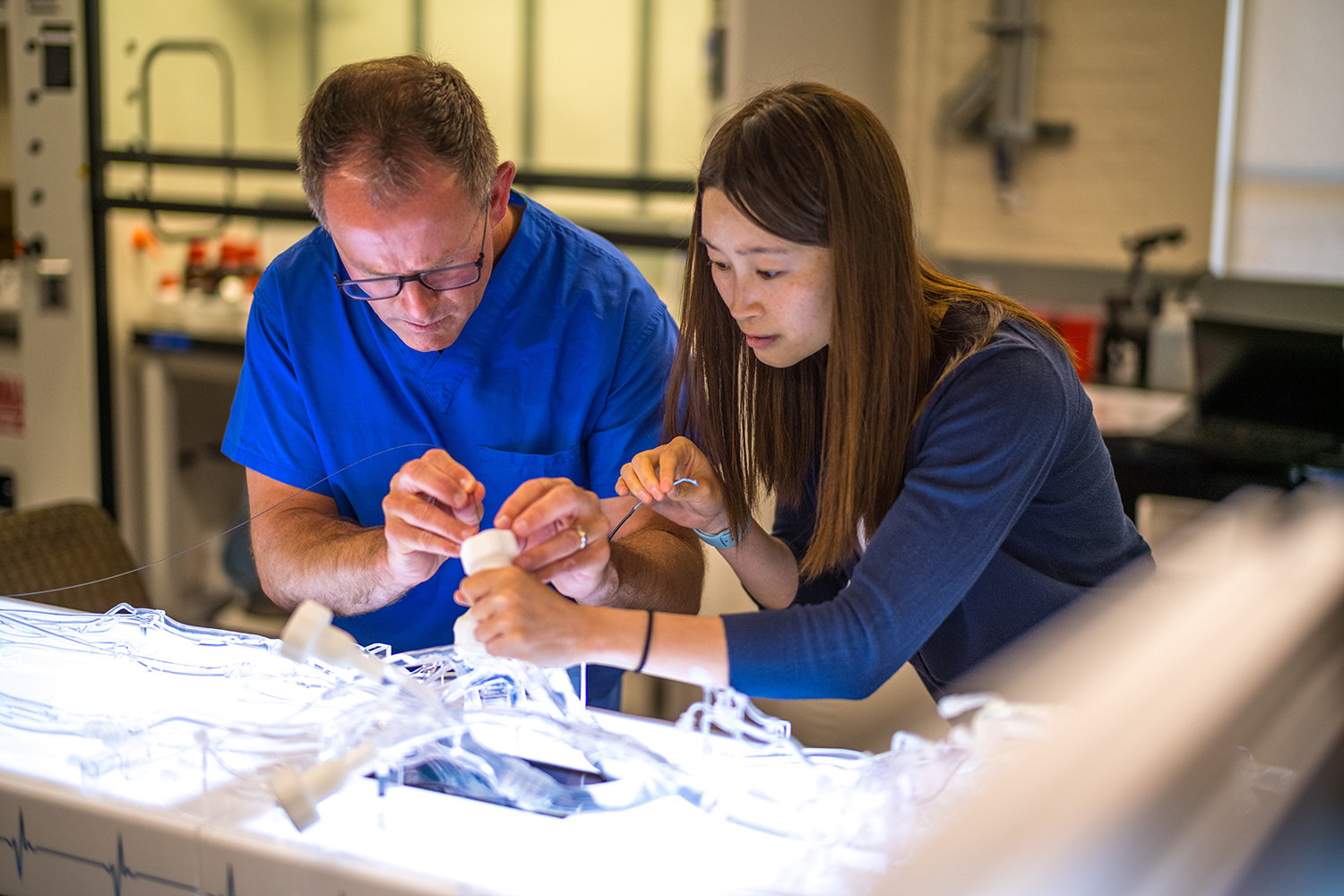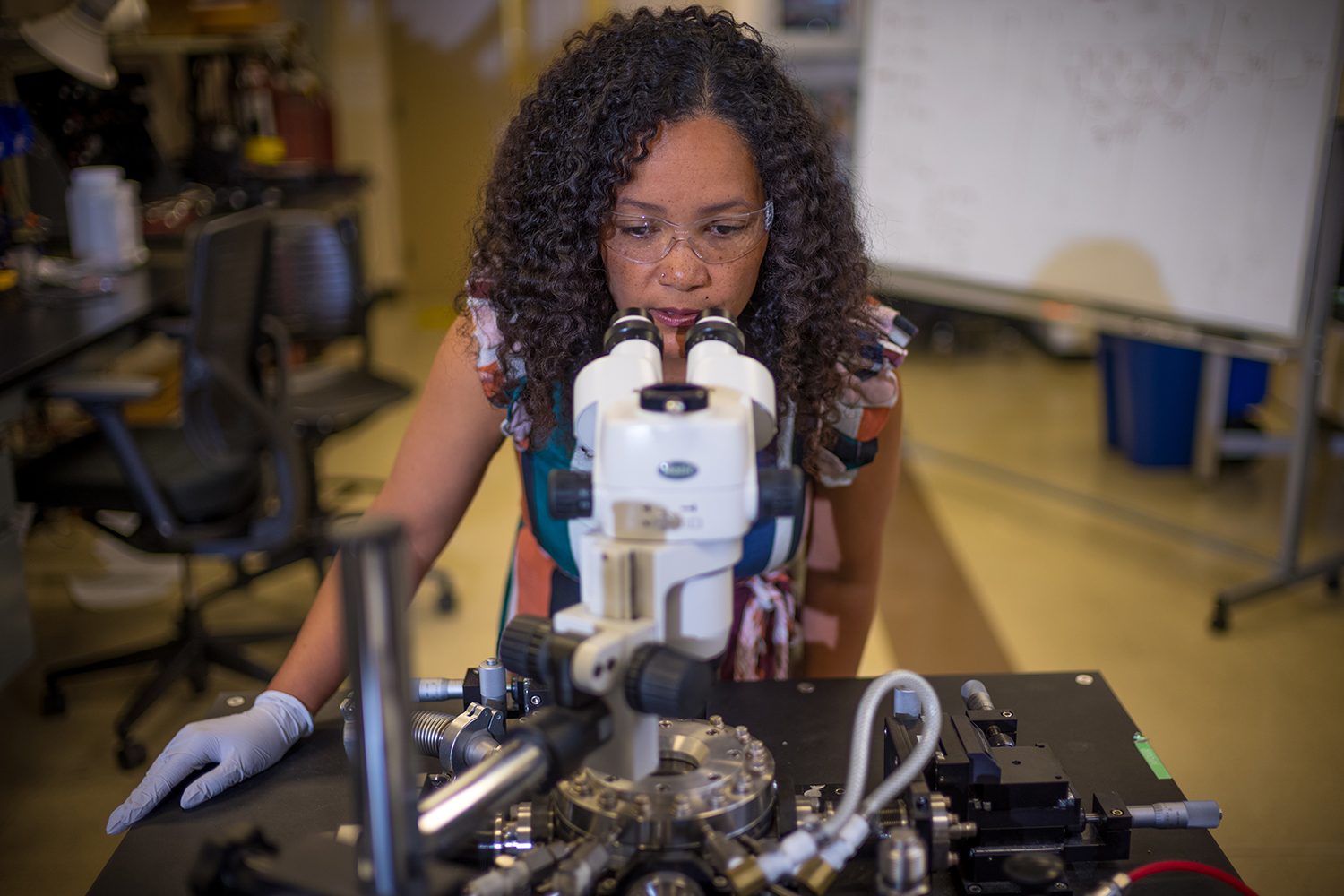Stanford University’s Office of Technology Licensing (OTL) has been working with campus researchers and inventors to put their technologies to use in society for more than half a century. In 2022, OTL launched the High Impact Technology (HIT) Fund to provide custom advisory services and financial support to bridge the gap between the academic lab and the commercial market. In addition to funding, awardees are matched with leading industry executive advisors and Stanford Graduate School of Business interns who help with business strategy and are introduced to strategic partners and investors.
Now through July 10, the HIT Fund is accepting applications from all Stanford disciplines and hopes to attract more inventors from the humanities and arts, social sciences, education, law, and business. Stanford faculty, postdocs, students, and staff working on inventions with commercial promise are encouraged to apply.
“I encourage Stanford inventors to consider applying for HIT Fund support,” said David Studdert, vice provost and dean of research. “In just a few years, the fund has demonstrated success in equipping many faculty with the tools, resources, expertise, and connections needed to propel their discoveries into the world.”
Since its inception, the HIT Fund has supported 32 projects, bringing together teams of inventors, researchers, MBA interns, and external advisors. Several teams have created startups and others are in the commercialization process. Six projects have completed their HIT Fund award terms and have raised nearly $18 million in external funding. Many awardees are early-career faculty, have never commercialized a product, or are members of underrepresented groups.
Here is a collection of the stories and innovations behind the teams that have benefited from HIT Fund support:
Modeling subsurface carbon storage
For energy science and engineering Professor Sally Benson, the HIT Fund has been a “game changer.” She and her researchers first began to think about commercializing their technology for modeling subsurface carbon dioxide storage during the testing phase.
They saw that the website they had created to test their method was visited more than 1,000 times a day. “We thought, ‘Maybe this could be turned into a practical tool,’” Benson says. That tool – CCSNet – uses artificial intelligence to predict what will happen when carbon dioxide is stored underground.
The HIT Fund matched Benson, who has never taken a product to market before, with an MBA student intern and two venture capital advisors. The team is now working on finding an industry partner who can test the technology further and provide feedback.
“But for the catalyst and stimulus provided by the HIT Fund, we would not have had the time or expertise to really envision how to successfully launch a new company in this space,” Benson says.

Sally Benson, a professor at the Stanford Doerr School of Sustainability, in her lab analyzing a rock core, a key factor in subsurface carbon dioxide storage modeling technology her team is commercializing with the help of the HIT Fund. | Aaron Kehoe
More effective stroke treatment
Ruike Renee Zhao, assistant professor of mechanical engineering, and Jeremy J. Heit, associate professor of radiology and neurosurgery, first teamed up to think about how a device Zhao designed could be used to treat stroke patients by mechanically dissolving blood clots. With the HIT Fund’s help, the researchers are forming a startup company and have conducted animal testing.
Neither had ever worked to commercialize a technology before, but they have found initial success with the HIT Fund’s support and guidance, including from Director Nitin Parekh.
“Nitin is a perfect example of what you need for this to work,” Heit says. “We’re a physician and a scientist. We like to ask questions. But, if you’re going to take a scientific discovery and get it into patients, there’s a huge knowledge gap.”
The pair have also used HIT Fund resources to connect with outside counsel on patent issues. “The level of excitement – how much people appreciate the technology and how promising it is – has been very encouraging to us,” Zhao says.

Stanford faculty Jeremy J. Heit and Ruike Renee Zhao demonstrate how to insert an early prototype of a device they plan to bring to market for treating stroke patients. | Aaron Kehoe
A better sense for things
Debbie G. Senesky, associate professor of aeronautics and astronautics, and her Extreme Environment Microsystems Laboratory (XLab) team began thinking about commercialization when an outside company asked about licensing a magnetic field sensor technology they had developed.
The XLab’s sensors collect data in electronic systems and can feed that data into an artificial intelligence model that predicts whether a mechanical failure is imminent. The HIT Fund connected the team with external advisors, including a venture capitalist and a Stanford Graduate School of Business student, Joseph Kao, MS ’24, who has commercialized several products. Together, Senesky and Kao are exploring possible applications in batteries, semiconductors, motors, or the oil and gas industry.
“Working with the HIT Fund demystified the business aspects of this process and has given us the time, space, and resources to really bridge things coming out of the lab to commercialization,” she says.

Associate Professor Debbie G. Senesky looks through a high-temperature probe station which helps her examine electrical behavior critical to the development of sensor technology with possible commercial applications in batteries, semiconductors, and the oil and gas industry. | Aaron Kehoe
Rebuilding bones
Once Yunzhi Peter Yang, professor of orthopaedic surgery, heard what the HIT Fund team had to offer, he was ready to apply with his bioactive 3D-printed bone grafting technology.
Working with advisors recommended by the HIT Fund – including practicing surgeons and hospital leaders – Yang was able to tweak his design to increase the size of his relevant market from one specific type of bone grafting surgery to many types of such surgeries.
Although Yang’s ultimate goal is to use his technique in humans, last year he and collaborators successfully treated a horse with a bone cyst in her jaw that prevented her from eating. A vet had recommended putting the horse down – now she is training for the Kentucky Derby.
Today, Yang has co-founded a startup, raised angel funds, and is moving toward human clinical trials. He says the HIT Fund was crucial in turning his technology into a product.
“The HIT program acts as a catalyst for PIs, transforming their patent-based technologies into market-ready innovations with the necessary support, guidance, and resources to navigate the complex process of commercialization,” he says.

From left to right, orthopaedic surgery Professor Yunzhi Peter Yang discusses with co-inventors Dr. Elaine Lui and Dr. Hossein Vahid Alizadeh a bone scaffold for use in bone grafting surgery. Since participating in the HIT Fund, Yang has drawn angel funding for the startup he co-founded to transform his technology into a market-ready innovation. | Jeffrey Mu
Invitation to inventors
As the HIT Fund enters its third application cycle, Parekh is reaching out to departments across campus – in fields ranging from life sciences and engineering to the humanities (past projects have come from the Law School and the Department of Music). He wants Stanford researchers to know the HIT Fund’s door is open to everyone.
“If you’re interested in commercialization but don’t know where to start, you should reach out to us,” he says. “We may be able to help you find an opportunity that makes sense and can make a difference.”